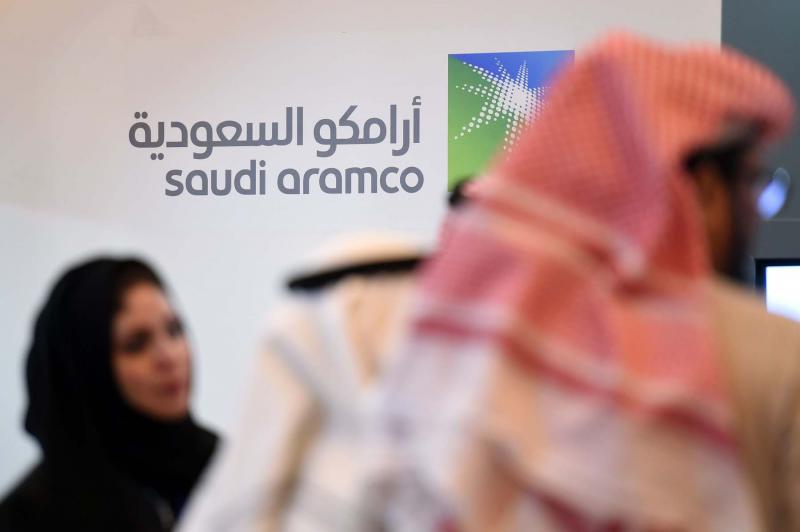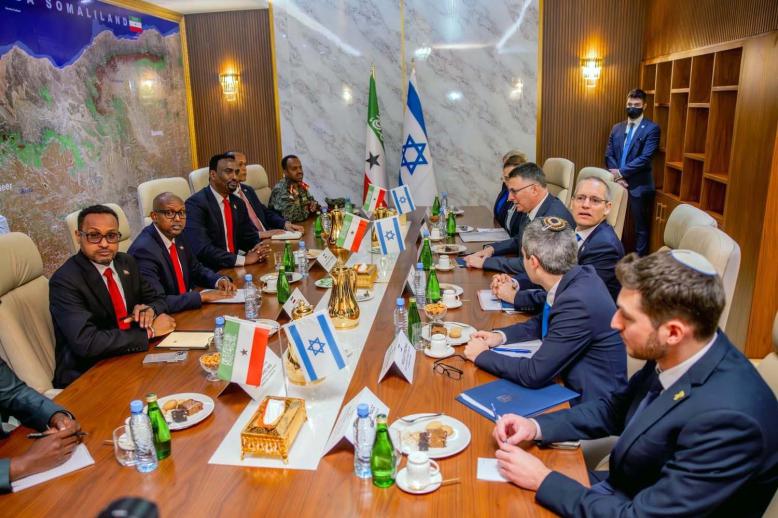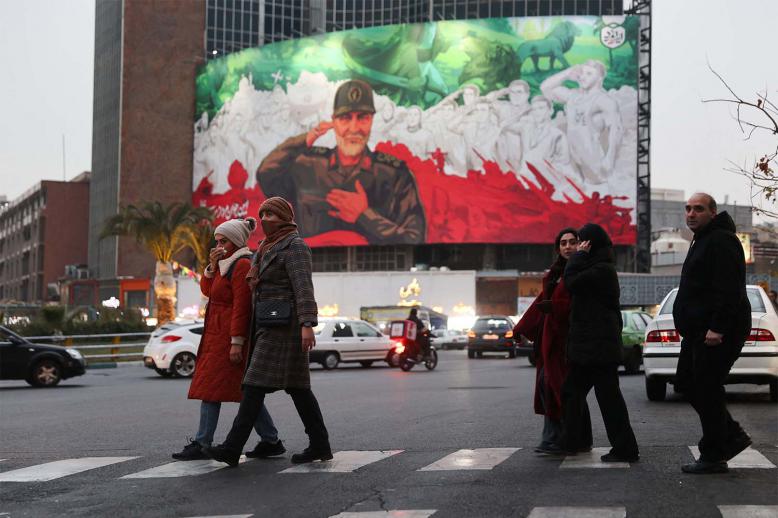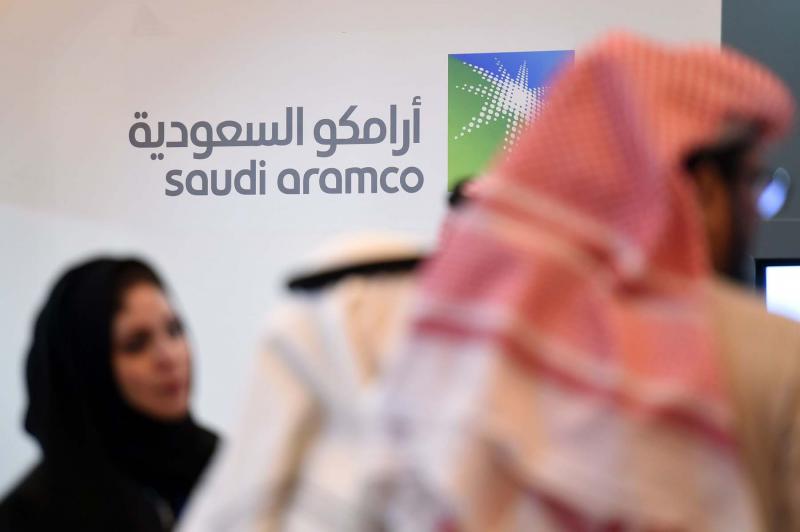Saudi Aramco IPO still on the table
A series of developments suggest that Riyadh may be putting pieces in place for the long-awaited limited sale of shares in state oil and gas firm Saudi Aramco, including addressing the more immediate hurdle of the company buying a controlling stake in petrochemicals giant Saudi Basic Industries Corporation (SABIC).
Results from an independent audit of Saudi Arabia’s oil and natural gas reserves and the fact that Saudi Aramco would have to open its financial books as part of a global bond issuance indicate that the Saudi government wants to reassure investors that it is taking transparency seriously.
Citing an audit conducted by US consultancy DeGolyer and MacNaughton, Riyadh said that its crude reserves were higher than previously estimated.
Saudi Aramco held 268.5 billion barrels of oil reserves at the end of 2017, up from a previous estimate of 266.3 billion barrels. Based on current production levels, Saudi Arabia could theoretically produce oil for another 70 years.
The kingdom’s gas reserves were put at 325.1 trillion cubic feet (Tcf), up 17.2 Tcf from a previous estimate.
The audit is the first third-party review of the kingdom’s oil and gas reserves in approximately 40 years because Riyadh has traditionally considered such information an issue of national security. The Saudi government hopes that the audit will alleviate concerns of potential investors in the Saudi Aramco initial public offering (IPO) regarding long-standing rumours that the kingdom’s oil capacity was in decline.
The idea of selling up to 5% of Saudi Aramco through an IPO involving the kingdom’s local stock exchange, the Tadawul, and one or more foreign bourses, was first broached three years ago. The sale is intended to raise as much as $100 billion for the state sovereign wealth fund — the Public Investment Fund (PIF) — to invest in domestic and foreign opportunities as a means of reinventing the kingdom’s economy.
The IPO, the centrepiece of Saudi Vision 2030, has faced challenges, including industry scepticism about the government’s $2 trillion valuation of Saudi Aramco, Riyadh’s reluctance to be fully transparent about company finances and operations and questions about what will ultimately be offered for sale and on which foreign bourses the shares would be listed.
Adding to the delay was the regime’s decision last summer for Saudi Aramco to purchase most or all of the government’s 70% stake in SABIC, which technically is owned by the PIF. Government officials made it clear that the sale process would affect the time frame for the IPO, with the expectation that the share floatation would not take place until at least 2020.
In recent comments about Saudi Aramco issuing its first international bonds, Saudi Oil Minister Khalid al-Falih said the kingdom plans to have the IPO in 2021 and that the bond issuance would be conducted in the second quarter of 2019 and will “probably be in the $10 billion range.”
The Saudi government pressed Saudi Aramco to acquire the SABIC shares to strengthen the oil firm’s downstream portfolio in advance of the eventual IPO. However, with the presumed value of $70 billion for the government’s total stake held by the PIF, the move is essentially a creative assets swap between two state firms giving the sovereign wealth fund a well-needed cash injection.
Given that Vision 2030 has been slow to generate a large amount of revenue because the IPO stalled, there is speculation that a $70 billion infusion into the PIF could rescue the Saudi regime from having to go through with the IPO.
Riyadh has encouraged Saudi Aramco to drum up cash for the SABIC purchase through domestic and international bond issuances as well as securing bank loans. Falih, however, indicated that the bond issuance next quarter “is intended to give Aramco multiple sources of capital” and is not necessarily linked to the SABIC purchase.
He also stressed that, in issuing the global bonds, Saudi Aramco would release its financial and reserves data, a step that the firm reportedly has not taken since 1980. The global bond issuance will come on the heels of the Saudi government raising $7.5 billion from global bond sale January 9, the first debt sale for Riyadh since journalist Jamal Khashoggi’s killing.
Several moves Saudi Aramco has made to enhance its downstream sector could signal its preparation for an eventual IPO. The firm established a wholly owned subsidiary, Saudi Aramco Retail Company, to sell fuel through a planned domestic network of petrol stations and Saudi Aramco has taken 100% ownership of a Dutch rubber company, Arlanxeo.
In its push to expand beyond its oil business, Saudi Aramco has been pursuing investment opportunities involving petrochemicals and chemicals production.
Jareer Elass is a Washington-based energy analyst, with 25 years of industry experience and a particular focus on the Arabian Gulf producers and OPEC.
This article was originally published in The Arab Weekly.







